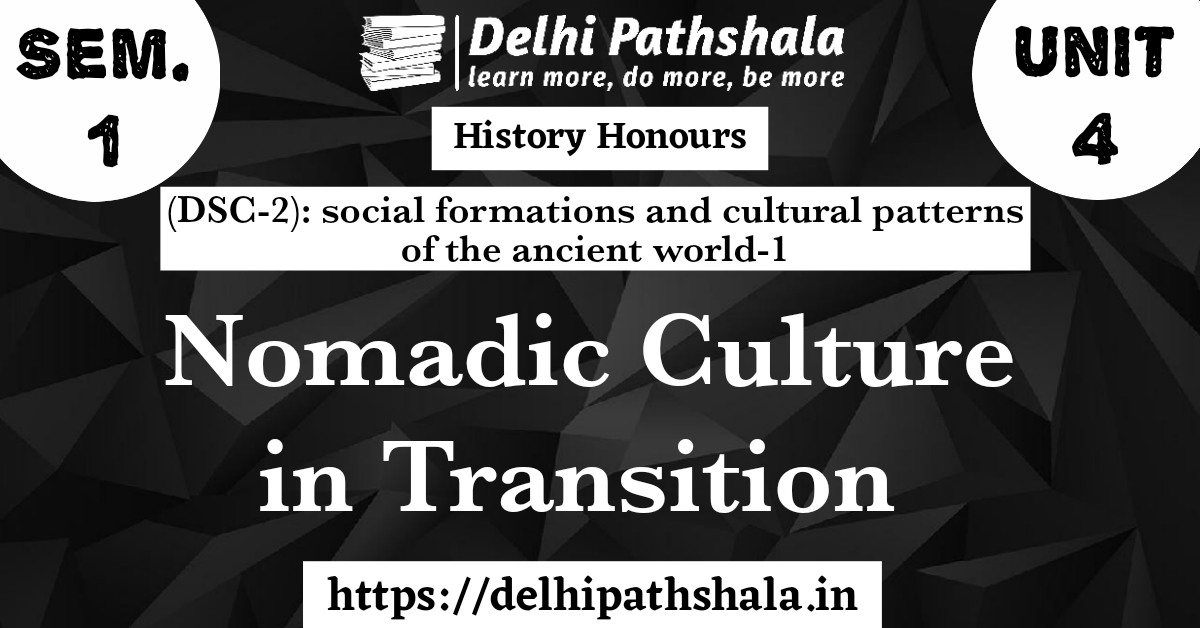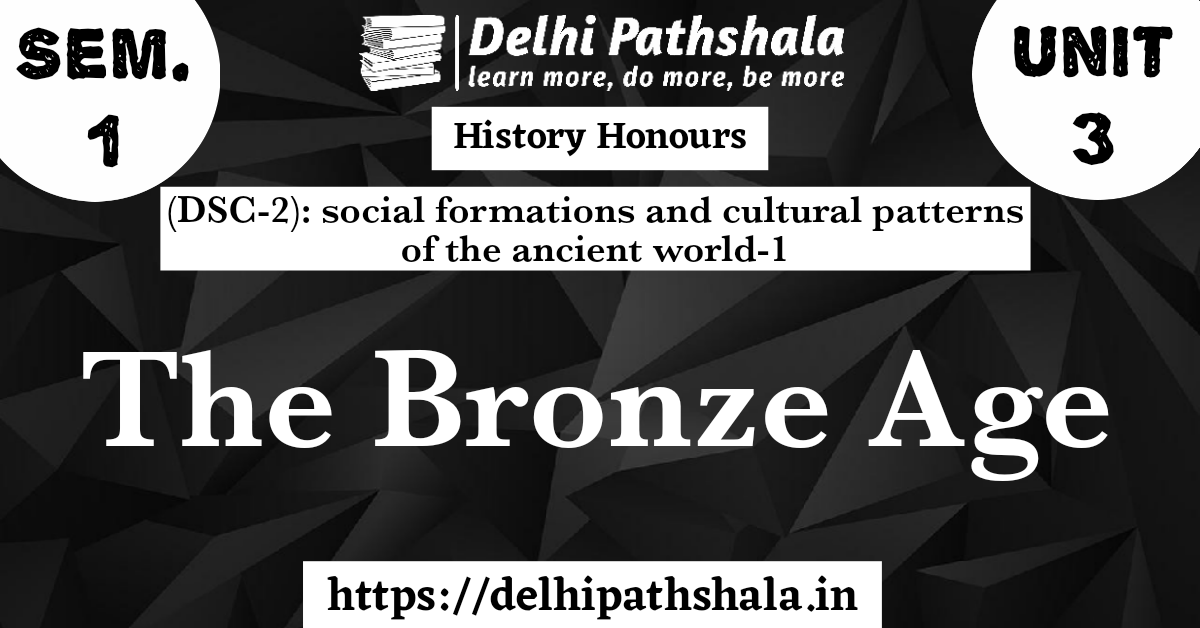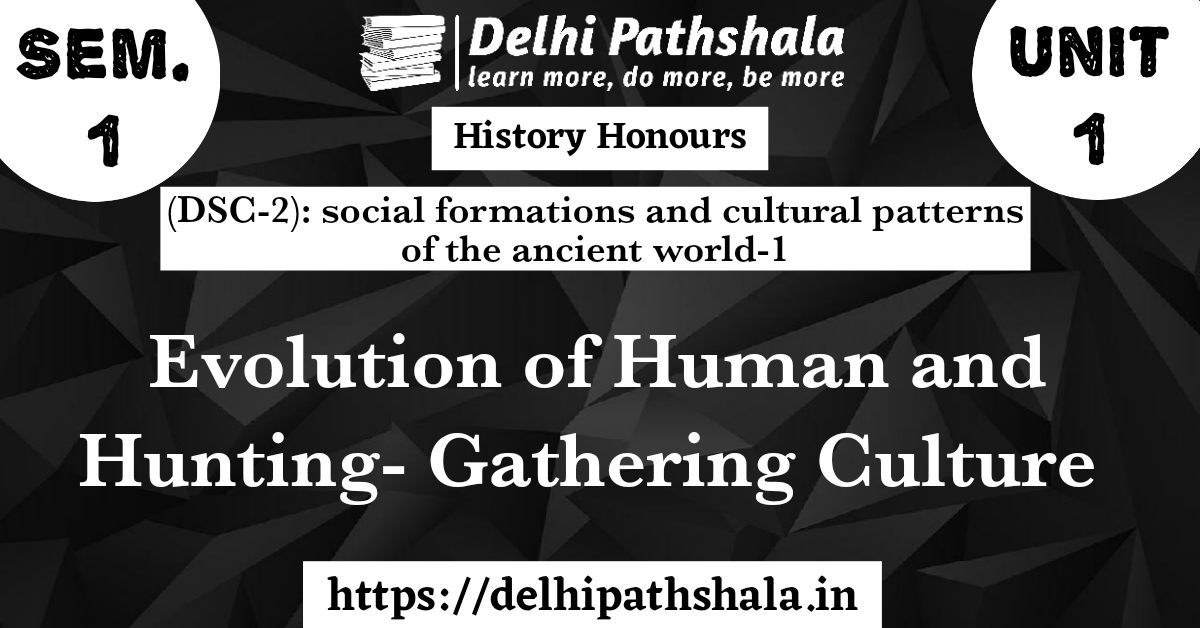(DSC-3) Unit-4: slavery and the civil war
The Economics of Slavery: South vs. North The origins and development of slavery in the USA The origins and development of slavery in the United States are complex and span several centuries. The institution of slavery played a crucial role in shaping the economic, social, and political history of the country. Here is an overview […]
(DSC-3) Unit-4: slavery and the civil war Read Post »











